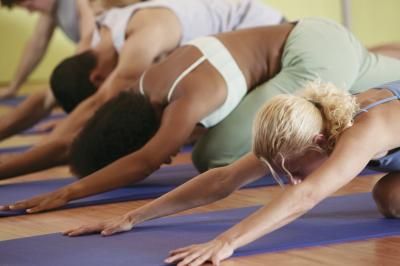When people suffer injuries or are recovering from a surgery the afflicted area typically becomes stiff. As a result, the joint or tissue loses range of motion. Enter the physical therapist, whose job it is to restore lost range of motion in patients. Additionally, it is imperative the physical therapist be equipped with the proper tools. The prudent therapist will obtain their tools and supplies from a well-known source like advantage medical. Tools such as posture analyzers, inclinometers and goniometers are used by therapists to measure range of motion.
Over the course of their career, a physical therapist is called upon to wear many hats. An article on Caring.com presents the therapist as a medical professional who relieves pain, restores muscle function by applying passive and active muscle exercises, massages, applies heat, and introduces electrical stimulation to increase range of motion and lessen pain. The physical therapist sets goals for the patient, teaches patients how to use therapy equipment, and sets up and teaches patients how to properly exercise.
ROM (range of motion) exercises also maintain proper body alignment, prevent swelling, and enhance bone formation. When engaged in range of motion exercises it is essential the patient utilize the flat portion of their hands, not fingertips. The patient should only move the injured joint into a stretch that feels comfortable. Mild discomfort is expected, but intense pain when making movements indicates you have moved the joint too far.
Each ROM exercise should be repeated 3 to 5 times. Slow and steady exercising is the way to go. This relaxes the muscles while increasing the range of motion of the injured joint gradually. If the joints are swollen and accompanied with mild pain, exercise slowly and with caution. You will not get into pre-injury condition from a single therapy session. Slow and steady progress through several therapy sessions should be expected.
Exercising with proper form is vital for a successful outcome. Moreover, there is also a proper way to rest from a ROM exercise workout. The proper resting positions are: lie flat on your back, lie on the stomach for 20 or 30 minutes, one quarter turn left or right onto the back, and three quarters left or right turn onto the stomach. In addition, these positions can be enhanced with splints and back supports.
The Healthy Living website offers an interesting take on range of motion training. Many healthy people engage in strength training, yet leave out this vital component of exercising. Proper range of motion is important for healthy people as well, and is not just for people who incur an injury. ROM training moves a muscle or joint through its entire range of motion. This is very beneficial for athletes and casual exercisers to keep your body flexible, as a supple body is less susceptible to injury.
Athletes find they gain better control of weights when they engage in range of motion training exercises. ROM exercises can be used with machines, or without. Passive ROM exercises either use a machine or another person to assist you with certain exercise movements. Active ROM training means you stretch and exercise under your own power. Range of motion exercises are beneficial for everyone, whether you are injured or not.
Source: http://www.qualityhealthguides.com/physical-therapy-and-range-of-motion.html
tomb of the unknown soldier HMS Bounty dominion power Heather Clem Con Edison LaGuardia Airport weather radar
কোন মন্তব্য নেই:
একটি মন্তব্য পোস্ট করুন